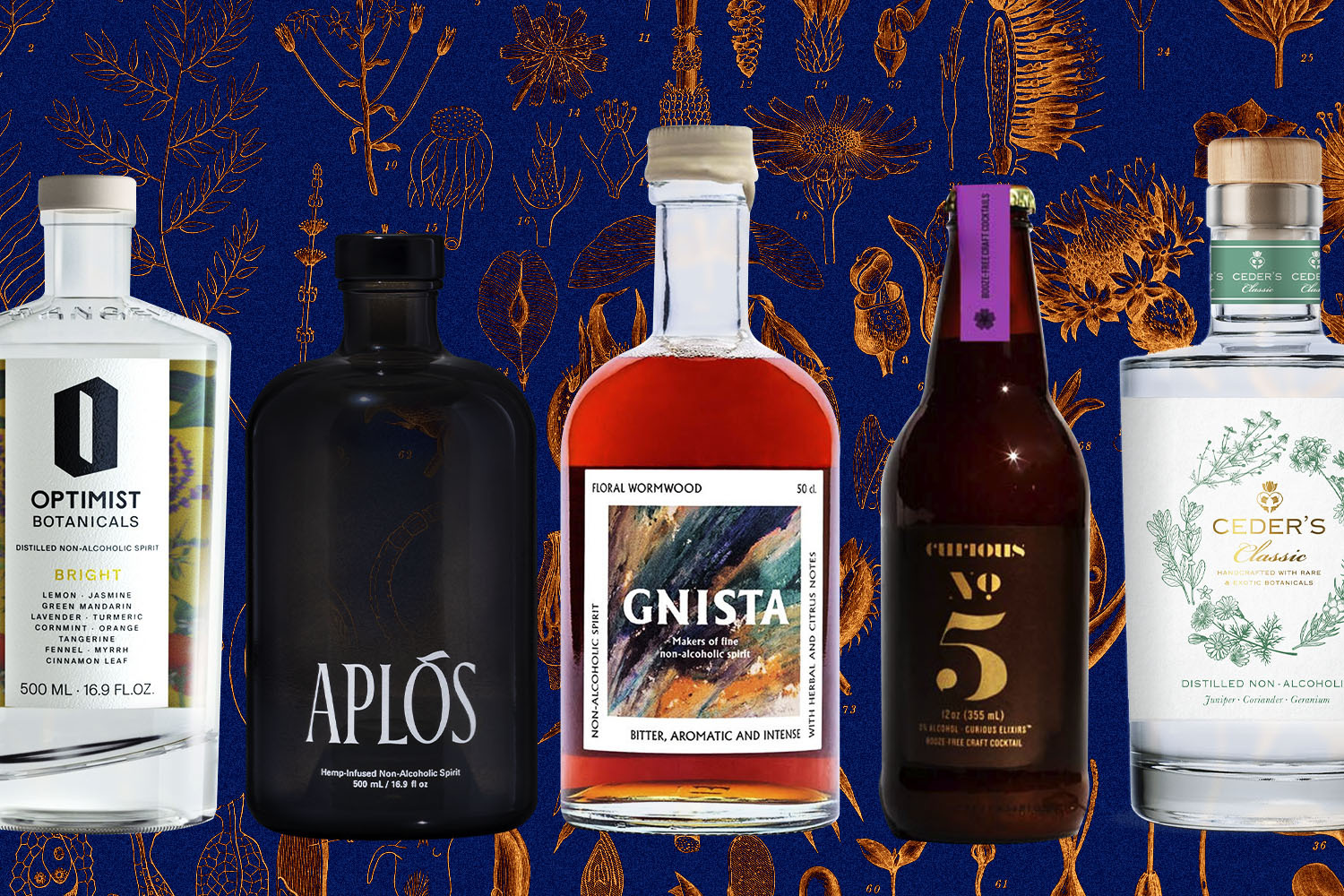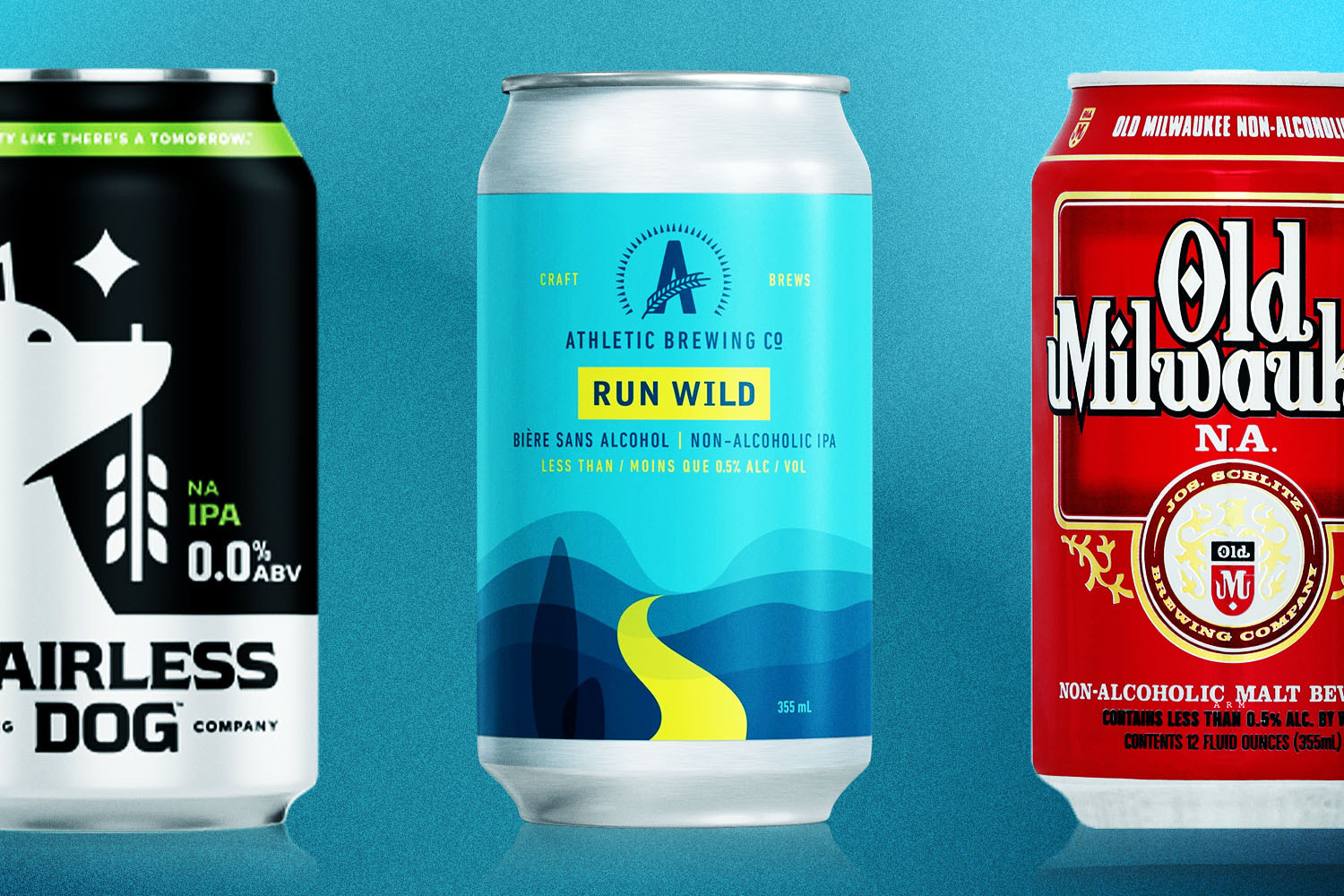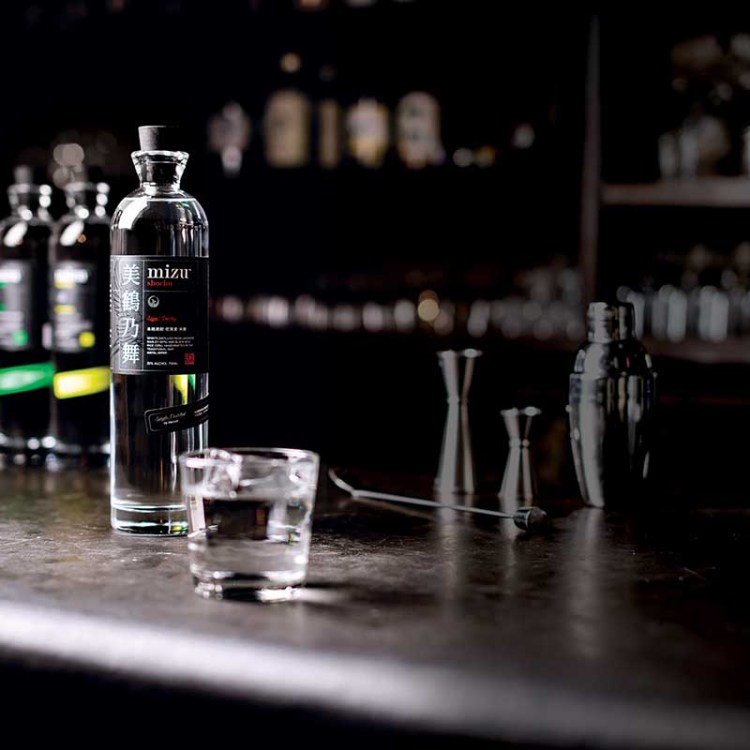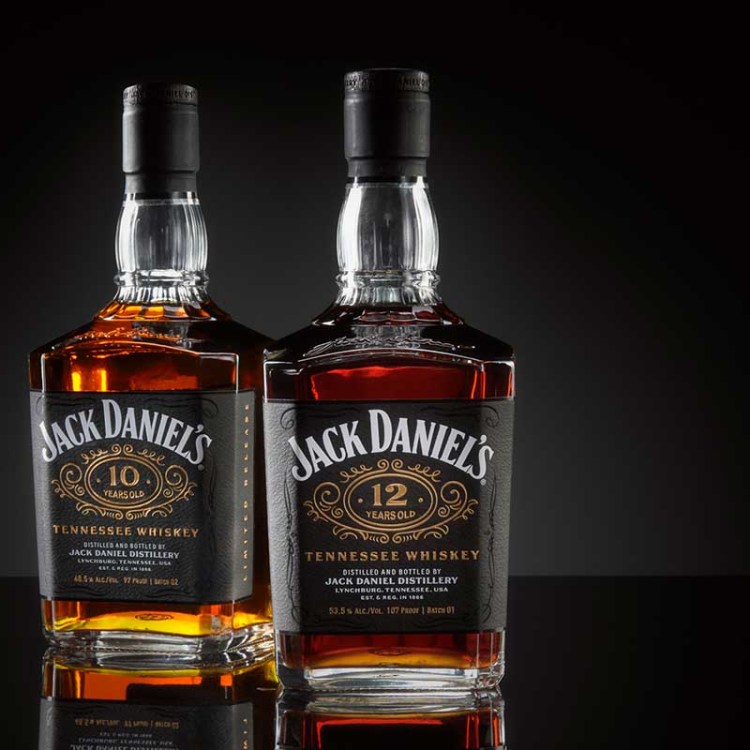It might be more than a Dry January: Sales of non-alcoholic spirits were up 290% on Drizly last year, as noted by The Spirits Business.
Admittedly, these booze-free spirits only make up 0.3% of the alcohol sector. Still, non-alcoholic wine, beer and spirits have been among the fastest-growing subcategories year-over-year in their respective categories, according to Drizly’s BevAlc Insights team. The growth (at least for n/a spirits) is being seen largely among Millennials and Gen Z, but it’s almost an even split among men and women.
As for which particular alt-spirits are catching on, the booze-free trend mainly revolves around gin alternatives — which occupy four of the top ten non-alcoholic products for Drizly — although whiskey and aperitif substitutes are also gaining traction.
“Consumers now have far more choice in high-quality products that taste like traditional beer, wine, and spirits — just without the alcohol,” explains Liz Paquette, Drizly’s head of consumer insights. “Product innovation, both from existing players as well as new brands entering the market is also helping to drive the category.”
One potential roadblock that might be an obstacle? Booze-free spirits actually cost more. As reported by The Spirits Business, the average price per unit of non-alcoholic “spirits” is $28.60, while the average price of liquor is $28.10. So people are willing to pay a bit more even without the buzz, and consumers seem to understand that creating a non-boozy product is pretty difficult. As we noted last year, even though water is cheaper than alcohol, it’s less effective at carrying flavors … so alcohol is often still being used in the distillation process, and producers also have to compensate with up to four times as many botanicals to create bold flavors.
Interestingly, while Drizly’s recent survey of retailers suggested many (26%) saw non-alcoholic products as the drinks category with the greatest growth potential, over half of the respondents saw more promise with CBD and cannabis-infused products (hard kombucha, hard tea and hard coffee rounded out the list).
Anyway, you’re going to be hearing a lot more about non-alcoholic spirits in the near feature. As Paquette suggests, “In 2021, the peak share for non-alcoholic ‘spirits’ through the year was in January, suggesting that Dry January will drive strong sales for this category.”
Thanks for reading InsideHook. Sign up for our daily newsletter and be in the know.

















